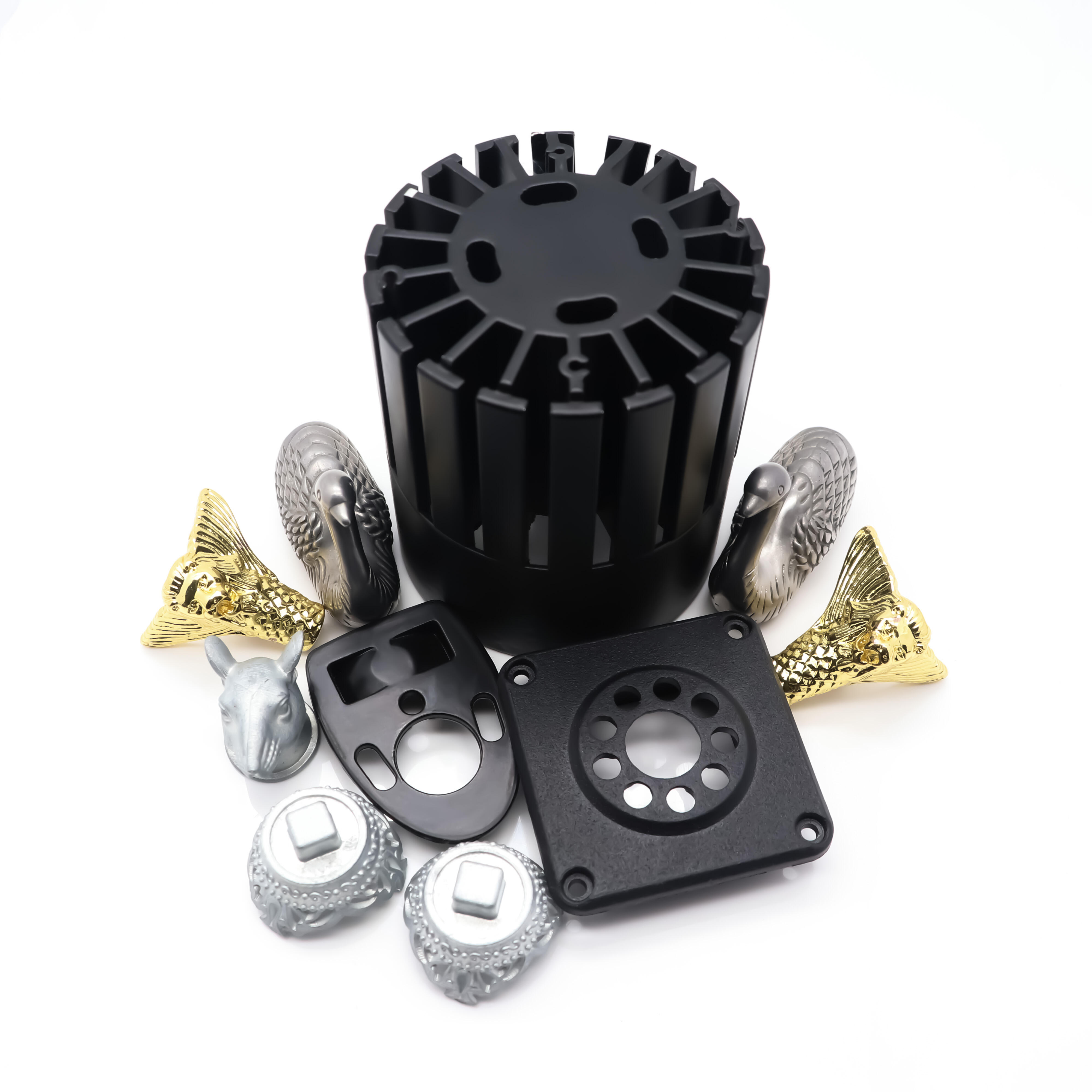Introduction
Die Casting: The Die casting is a precise manufacturing process where the liquid metal is injected at high pressure into reusable cavities. It is an economical approach for producing parts with complex shapes and narrow tolerance lines, which includes automotive, aerospace industry areas. There are many methods and technologies in die casting to ensure a precise dimension so as most manufacturing companies who aim for top-notch outputs prefer this process. A look at how die casting is able to maintain the shape of complex parts within tolerance.
Die Casting Process Explained
Die casting Die casting is a process in which we inject molten metal into Precision engineered molds using extremely high pressure. Die casting is further classified into hot-chamber or cold-chamber die casting with each having its own applications and materials. A complete die casting cycle includes mold making, metal injection, cooling and solidification process with the finishing touches being a part of shutting down. So the part meets final specifications, each step is meticulously managed.
Key Dimensional Accuracy Contributing Factors
The die casting process begins with precision-engineered molds The molds are usually built using Computer Numerical Control (CNC) machining, which can produce a mold with detailed geometries and intricate details. Design and material selection are key factors as they influence the dimensional accuracy of the finished part.
Control of the flow and pressure of metal is also important. Managing injection speed and pressure is key: the molten metal must be injected into the mold in a way that fills it up completely while avoiding any defects. Practices like gate and runner system optimization work in tandem with each other to provide equal metal distribution, which is crucial for ensuring that the dimensions are met.
Tolerance Supply Chain in Die Casting
Manufacturing tolerances are defined as the maximum or minimum acceptable deviation in measurements between a part and its target specification. It's critical to understand and control these tolerances for parts to be correctly mated together. High accuracies — The tolerances that die casting can achieve varies often between ±0.05 to ±0.1mm which is more or less based on the complexity and size of the part being manufactured..
Technologies Which Have Revolutionized Die-Casting
The computer-aided design (CAD) and simulation software is a significant factor in the die casting process. Design engineers create precise models of intricate parts using CAD, then simulation tools guarantee that issues are ironed out prior to production. This is useful to get the best layout and in minimizing design errors.
Die Casting Automation Robotics Automated tools can manage the mold, parts and curing processes with better accuracy than humans for improved overall quality.
Quality Control Measures
Dimensional accuracy is followed up by in-process inspection techniques to be monitored during production. Sensors and measurement tools allow instant inspection of part dimensions, to avoid further processing flaws. Post-production quality assurance includes part inspection using CMMs and other instruments to ensure that parts spec in.
Use of Die Casting in Complex Parts
Due to producing of complex part, die casting is being utilized in practically every industry. Besides, it can be applied in the automotive for engine parts, and aerospace businesses to produce light structural components. The electronics industry relies on die casting to create casings as well other smaller, electronic parts.
Conclusion
The die casting cycle guarantees dimensional consistency and tight tolerances for intricate components due to the use of accurate tooling, controlled metal flow, innovative methods along with stringent quality verification. By operating with close tolerances and intricate parts, it is the preferential method for manufacturers in many sectors. As new technologies come to fruition, the functions and properties of die casting in precision manufacturing are expected continue expanding making it possible for greater complex parts.

